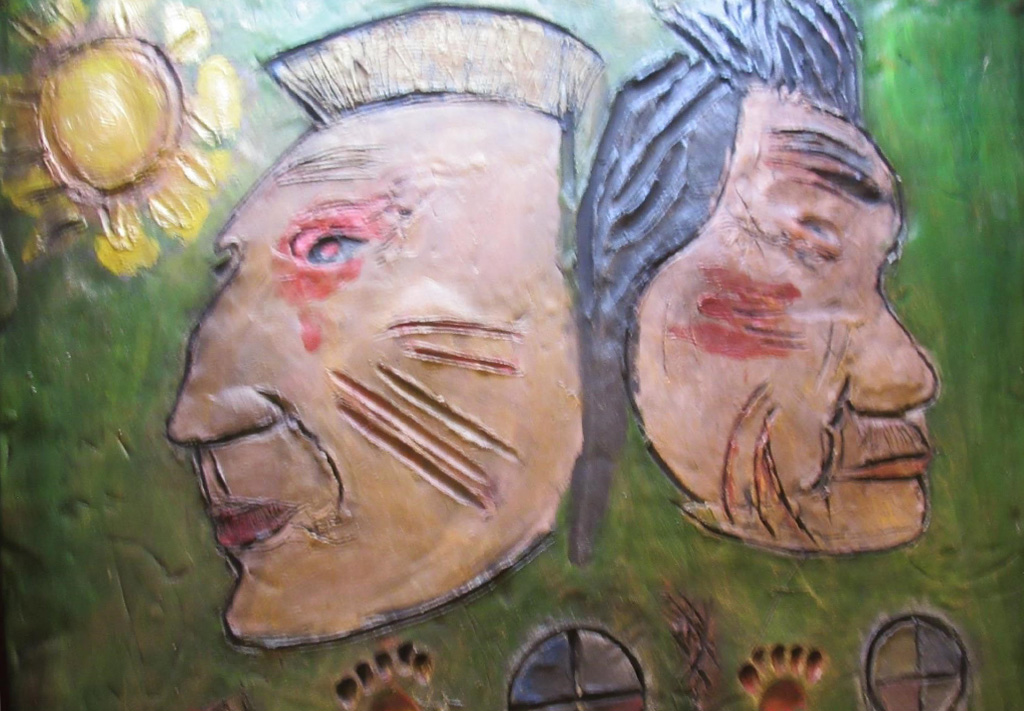The Francis and Paul Case 2008–2010

Photo: Tim Borlase
Materials required: court scene recreated, logbook
In 2008, two Mi’kmaw hunters from Eskasoni, Nova Scotia, Charles Francis and Aaron Paul, were food hunting during the hours of darkness when they shot a moose decoy while they were in the Cape Breton Highlands. They were charged with ‘hunting with the assistance of a light’ and their high-powered rifles were seized. Here are some of the arguments used in the trial held over a two-year period. This case presented the pros and cons between Aboriginal food hunting and non-Aboriginal sport hunting.
In two similar previous cases in British Columbia and New Brunswick, the Supreme Court of Canada had ruled in favour of Indigenous rights. Imagine you are the Nova Scotia lawyer on either side of the argument. Split the class in half — one side for the Crown and one side for the defence. In pairs prepare an argument for the court using one of the points below. Present your points to the class.
For the Crown
- Night hunting with the assistance of a light is unsafe.
- There are many users of the Cape Breton Highlands who could potentially be harmed by night-hunting activity.
- Beef cattle had previously been shot in the Cape Breton Highlands, likely at night, and likely for being mistaken for moose.
- Moose are plentiful and easy to catch in the daytime.
For the Defence
- Indigenous night hunting for food predates European contact.
- Indigenous use of a light to assist night-time food-hunting activity occurred prior to European contact.
- The legislative origins of Law s.68, which Francis and Paul were accused of violating, prove its purpose is sport, not public safety.
- Francis and Paul were hunting for food when they were arrested.
What decision would you make?
Postscript
Judge Ryan initially ruled in favour of the Crown and gave both men a small fine but ordered their guns to be returned. This indicated that he wanted this to be a Test case to establish an Aboriginal right for the first time. An appeal to this case is still pending.




